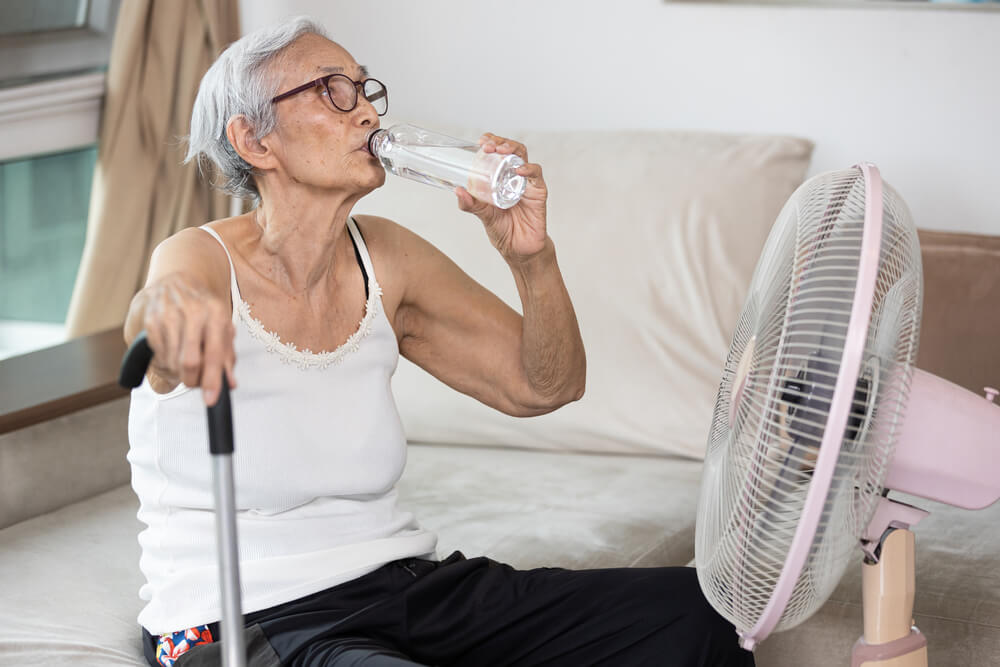Recent heatwaves around the world are reminders of global warming and its detrimental impact on our health and well-being. At the same time, Canada is on track to become a super-aged society with older adults constituting 20 per cent of the population, most of whom are women.
What’s the connection between these two trends?
Older adults, particularly women, are disproportionately affected by extreme weather events and food insecurity caused by climate change. Recent reports from the United Nations and The Lancet highlight the link between climate change, aging and gender – yet older women have largely been forgotten in important media and policy conversations.
Research shows older adults are more affected by stress caused by heat than younger adults due to less sweating capacity, decreased ability to sense dehydration, and the use of medications. Older women are more likely to have chronic conditions that may require drug therapy and are more likely to develop drug related side-effects. This often gets missed from the conversation.
Yet even with newer guidance calling for the inclusions of older adults in climate change planning, older women continue to be omitted from the climate change discourse.
Policies for long-term care homes, where women represent the majority of residents, are especially slow to address the impact of climate change. Very little research has been conducted on design considerations for older women in long term care, but creating spaces that mitigate the risk of climate change, like the incorporation of green spaces into environments, must be prioritized — now.
Climate change also impacts older adults who tend to live alone and lack social connectedness. Older women face loneliness on a greater scale than men. Extreme climate change events like flooding, tornadoes and hurricanes exacerbate feelings of social isolation for those unable to access emergency and homecare services.
Older women are also likelier to face poverty than men and may not have financial resources to access services and care during catastrophic weather events resulting from climate change.
A one-size-fits-all strategy to address climate change won’t meet the specific needs of older women. It is critical to identify gendered differences and create solutions that are tailored to their needs.
We also need data disaggregated by both sex and age with consideration of race and other identify related factors to measure the true impact of climate change on specific populations. Data can inform actions to mitigate the specific impact of climate change on older adults and women.
Older women can also be leveraged to create inclusive climate change solutions. Their intergenerational wisdom allows them to identify early signs of disasters as well as ways to overcome the aftermath of these disasters.
Instead of creating climate change strategies that exclude them, we can bring older women to the table so they can contribute to the action.
Photo courtesy of DepositPhotos




